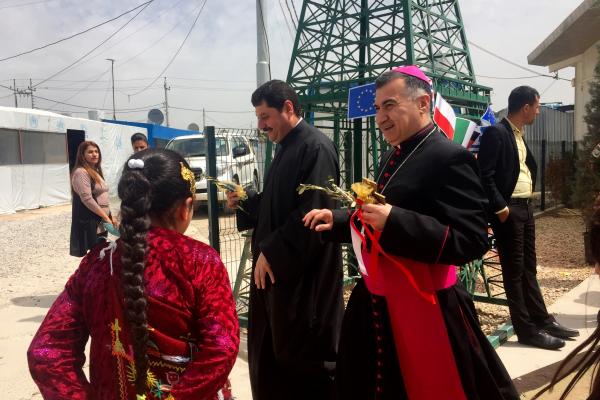Apr 10, 2017
To mark this particularly special Palm Sunday — the first since ISIS was defeated in the area — many assembled today will march 80 miles, from the camp to the village of Qarqosh, one of the largest traditionally Christian villages in Iraq. Some are originally from there, while others are marching in solidarity.
The march will stretch from the city of Erbil, to the Nineveh plain — across part of Iraqi-Kurdistan, and into Iraq, taking a total of at least five days.
Read the Full Article

Already a subscriber? Login
